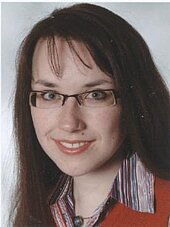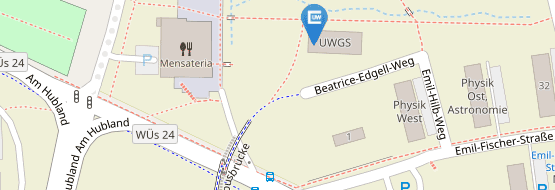Reiter, Stefanie (née Anzenhofer)
Congratulations on passing the viva voce examination
on 6 July 2012.
Dissertation topic:
"Musical graphs - developing an understanding of graphical representations in interdisciplinary maths and music lessons."
Fellowship: "Würzburg-Stipendium" of the Graduate School of the Humanities (1 May 2008 - 30 September 2010).
First supervisor: Prof. Dr H.-G. Weigand
Second supervisors:
Prof. Dr F. Brusniak
Prof. Dr T. Weth (Univ. Erlangen-Nuremberg)
Class in the Graduate School: Education and Culture
Doctorate in the Graduate School since WS 2007/2008.
Abstract:
Working with function graphs plays a central role in maths lessons. In music lessons, too, graphical representations form the basis of many activities as a way of conveying music. Nevertheless, it is known that pupils in both areas have some difficulties in interpreting, analysing and creating these representations.
Based on this common problem, an interdisciplinary approach was developed for maths and music lessons in which function graphs are combined with basic musical skills such as listening and describing, reading and notating, making music (voice and instrument), editing and inventing, and creating contexts.
This theoretical design was used as the basis for an empirical teaching study for mathematics and music lessons, in which graphs are recognised by listening, graphical notations are made by playing music and graphs are implemented in composition. On the one hand, from the perspective of mathematics didactics, the question of the extent to which pupils' perception of the properties and changing behaviour of the different types of function is enhanced by this auditory presentation of function graphs, and the extent to which the different types of function are placed in a comparative relationship, is investigated. On the other hand, the knowledge of different function types should be used to musically realise graphic notation and to give pupils the opportunity to play and interpret graphic notation from the field of New Music. This is enhanced by the need for reasoning and precise formulation based on auditory perception, which allows for an exclusively subjective and also ambiguous identification.
By using the sound of graphs as a means of composing, the area of expressive creative work opens up for every pupil in both music and maths lessons.






